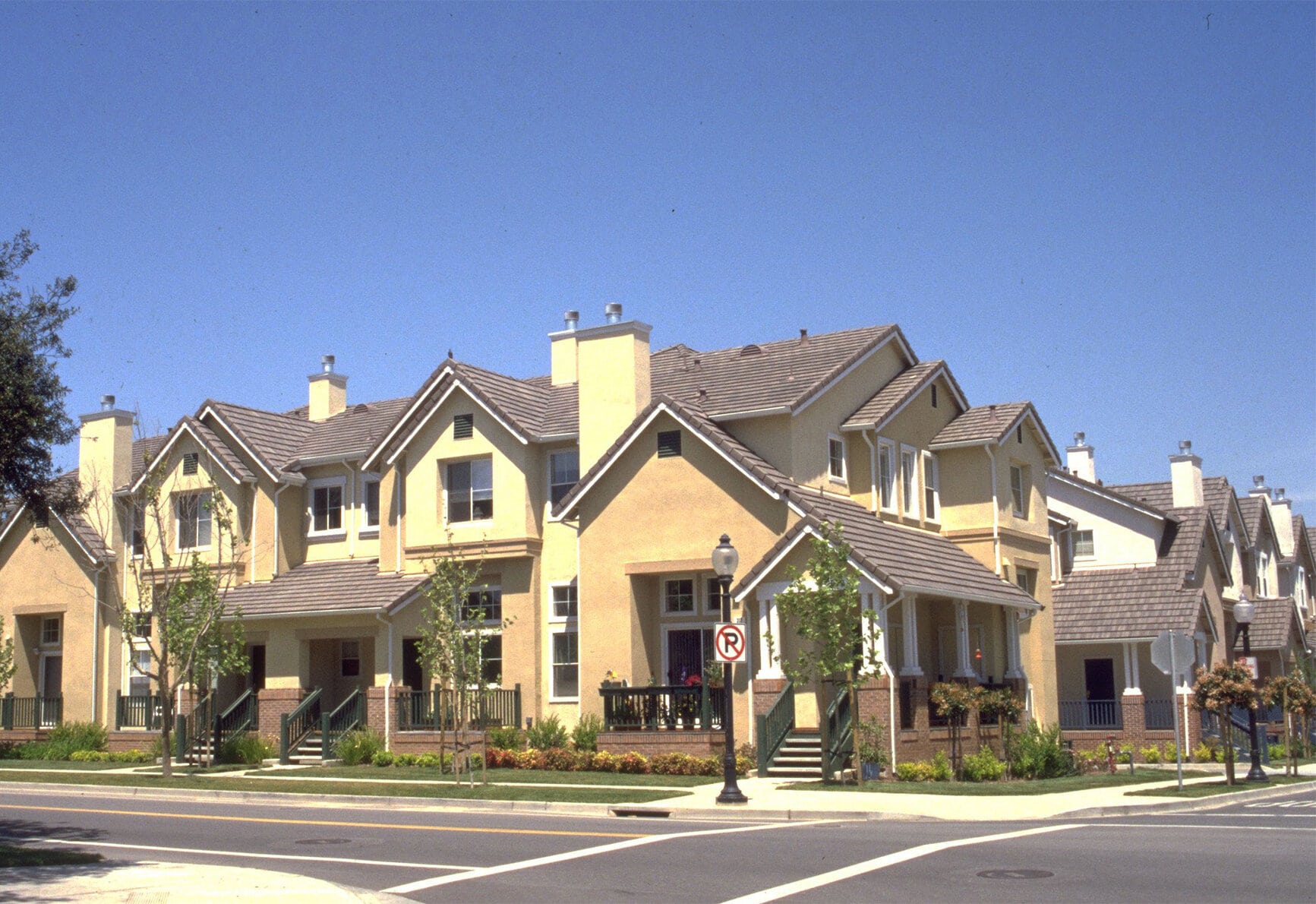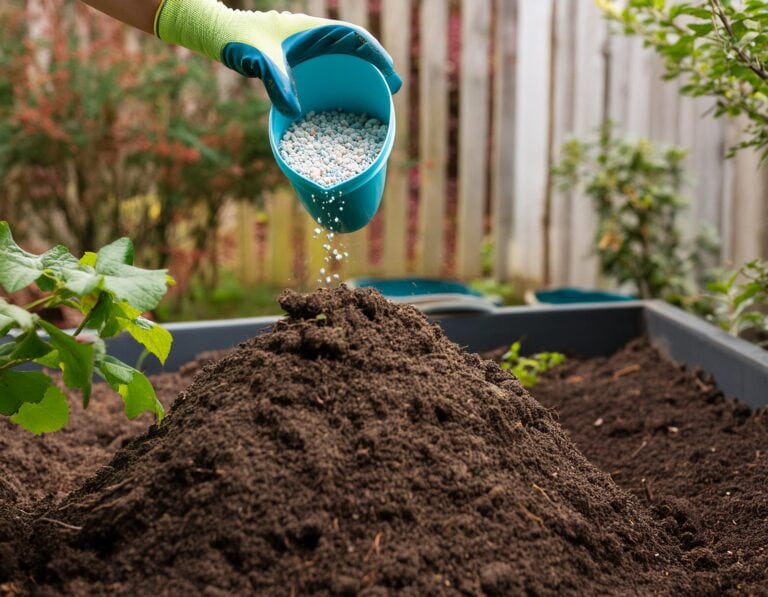Just what is it that makes Niagara-on-the-Lake unique among Ontario communities?
What is it that draws some 3.5 million visitors to this one little town every year?
Some may point to the wineries augmented, by the tender fruit growers in season. However, Grimsby, Beamsville and St. Catharines offer these experiences and their visitor numbers are in no way comparable.
Others might suggest it’s the Shaw Festival, complemented by the outstanding restaurants that are responsible for this annual visitor traffic, but again, other communities in Ontario have excellent performing arts venues and dining establishments that do not achieve the draw of Niagara-on-the-Lake.
Still, a third group could point to our bucolic tree-lined streetscapes, open countryside, greenspaces, history and built heritage as the reason visitors come, stay and return year after year.
It is my contention that, among other secondary considerations, it is the gestalt of these three primary contributors that create the character of the town and make Niagara-on-the-Lake a go-to destination.
Moreover, it is this “character” that generates and supports a “quality of life” that 85 per cent of the residents who responded to an Abacus Data survey (published May 2022) rated as “good to excellent” – a percentage far higher than most communities in this country.
With all due respect to other communities in this province, I would argue that Niagara-on-the-Lake is unique in the province because of the character generated by this gestalt. And, that the revenues flowing into both local and provincial coffers are unmatched on a per capita basis.
So, what happens to a gestalt when one (or more) of its parts is unalterably damaged and/or significantly changed?
The gestalt is dissolved and the total is no longer greater than the sum of its parts.
This is what Premier Doug Ford’s Bill 23 (the More Homes Built Faster Act) will do to Niagara-on-the-Lake if some accommodation is not reached by the town with the province.
Folks, it specifically prohibits local councils from protecting their town’s character.
As I have been railing in The Lake Report against this legislation since prior to its tabling in the provincial legislature, it should come as no surprise when I state bluntly that, according to the provisions of this legislation: If a developer wishes to build a six-storey residential building, they can; if the owner of the lot next door decides to erect two more houses on his lot, they can; if a historic building (that is not designated) stands in the way of development, it can be bulldozed; if 300-year-old trees interfere with a builder, they can cut them down.
And, as it stands right now, there is absolutely nothing your NOTL town council can do to stop it.
But, that is the key phrase … “as it stands right now.”
In my view, our only viable option is to present the provincial government, at the highest level, with a clear, concise and complete rationale together with solid financial projections of the loss in business and tax revenues when tourism is adversely affected (as it inevitably will be) that justifies an exemption from the provisions of Bill 23 for the Town of Niagara-on-the-Lake.
I’m no Pollyanna and completely understand the amount of effort, from every part of this community, it will take to do this in a relatively short time. It will take effort from the growers, the wineries, the businesses and the residents to make it happen.
To business owners, entertainment venues (of all stripes) or wineries, I would say: what would your revenues look like should the visitor traffic drop by 40 per cent?
That’s a fairly conservative drop based on past statistics suffered by tourist towns in North America that suffered a temporary or permanent loss of their “character.”
Given that we’ve just gone through the pandemic, I would imagine you could draw on specific months during that period with a comparable 40 per cent reduction in traffic.
For those who don’t think it could happen, Google tourist ghost towns in North America. And, the history of NOTL itself shows the impact of down-cycles in tourism, several of which lasted for a decade or more.
For my part, I’m willing to focus on our built-heritage. We know, as a fact, that Niagara-on-the-Lake has the largest clustering of surviving Neo-classical houses in the province, but it is my hypothesis that the town also represents the greatest density (per square kilometre) of 19th- and early 20th-century residential buildings of any town in Ontario.
This is a potentially unique concentration of built heritage.
But, to prove or disprove my hypothesis, a complete listing of the town’s built heritage must be compiled in short order and for that undertaking I’m going to need help.
So I’m calling on you, dear readers, and asking for volunteers to assist in the effort. If you can spare a day to walk (or drive) the streets, lines, concessions around where you live, drop me an email at homeguide.ca@gmail.com.
You do not necessarily need to be knowledgeable about architecture as long as you can spot an “old” house; we can vet the “long” list once it is compiled. I can promise the endeavour will be co-ordinated, efficient and respect your time.
An apartment building at the actual gateway into Old Town will spell the beginning of the end and, if we all work together, have one shot to make a difference.
Brian Marshall is a NOTL realtor, author and expert consultant on architectural design, restoration and heritage.










